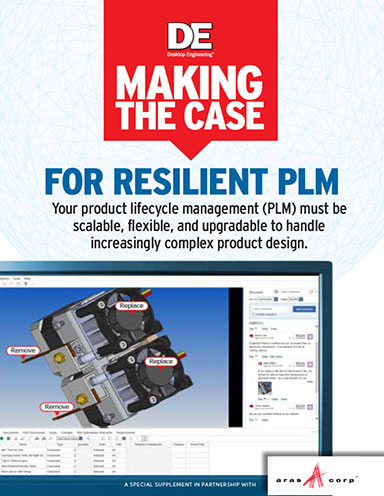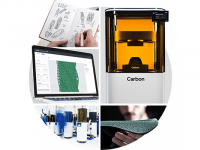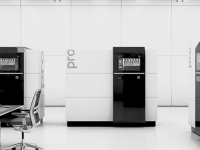
June 30, 2015
Disruptive changes to product design require a resilient approach to product lifecycle management.
It was only a decade or so ago that sensors and embedded software were mere supporting characters in product development, mostly associated with highly engineered products like aircraft and automobiles.
Today, these technologies take center stage in products of all types, raising the bar for product lifecycle management (PLM) platforms and calling into question whether existing systems have the staying power to meet the requirements of tomorrow's engineering practices.
The fast emerging Internet of Things (IoT) is bringing wholesale changes to how products are conceived, architected and built. In a world where intelligent, connected devices will be the norm, even a simple household appliance like a blender becomes an intricate exercise in design complexity involving onboard electronics and communications technologies. Creating these connected products is pushing PLM beyond its traditional role of managing CAD files and orchestrating mechanical design processes.
Fill out the information below to download the resource.
Latest News






